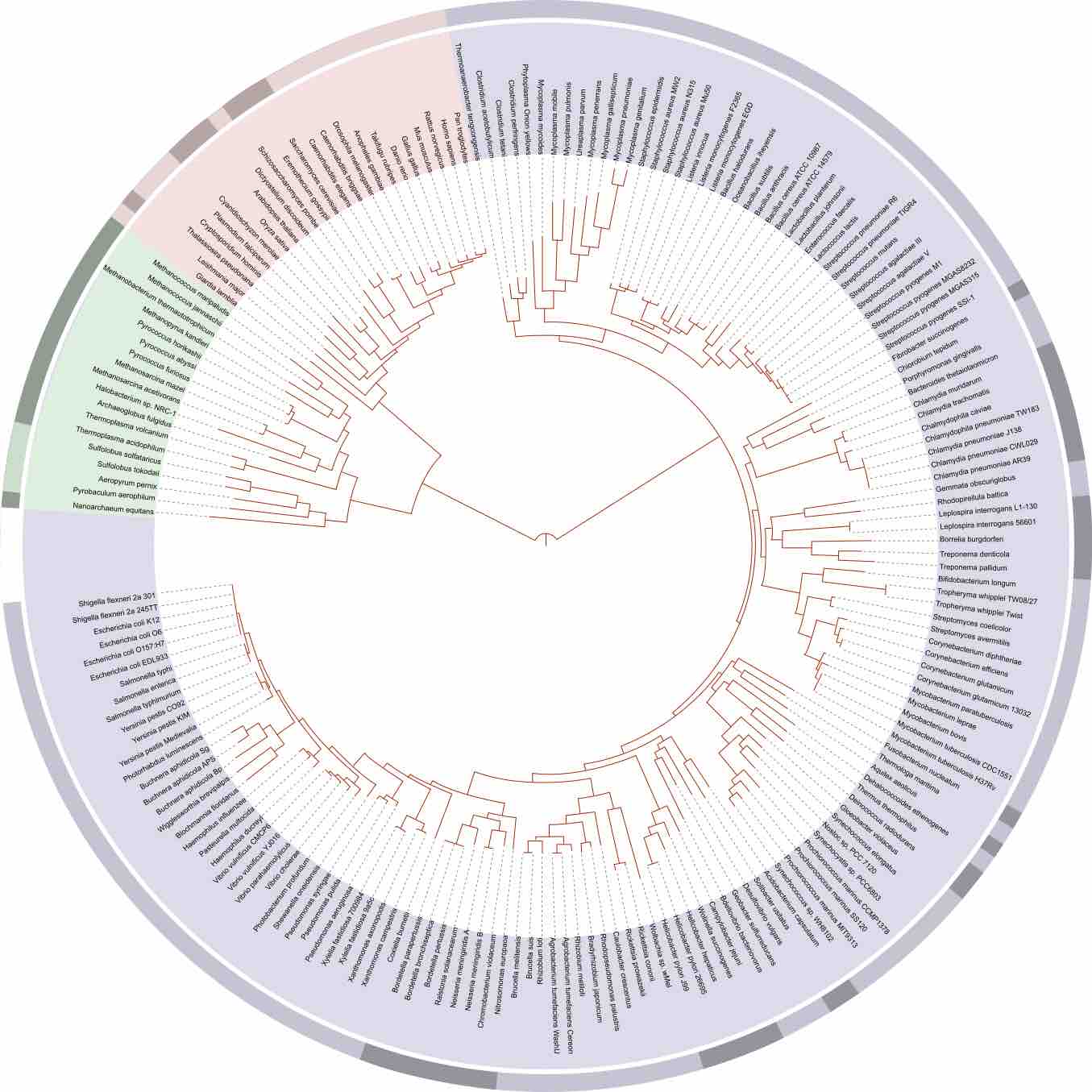Constructing an Animal Phylogenetic Tree
Evolutionary trees, or phylogeny, is the formal study of organisms and their evolutionary history with respect to each other. Phylogenetic trees are most-commonly used to depict the relationships that exist between species. In particular, they clarify whether certain traits are homologous (found in the common ancestor as a result of divergent evolution) or homoplasy (sometimes referred to as analogous: a character that is not found in a common ancestor, but whose function developed independently in two or more organisms through convergent evolution). Evolutionary trees are diagrams that show various biological species and their evolutionary relationships. They consist of branches that flow from lower forms of life to the higher forms of life.
Evolutionary trees differ from taxonomy which is an ordered division of organisms into categories based on a set of characteristics used to assess similarities and differences. Evolutionary trees involve biological classification and use morphology to show relationships. Phylogeny is evolutionary history shown by the relationships found when comparing polymeric molecules such as RNA, DNA, or proteins of various organisms. The evolutionary pathway is analyzed by the sequence similarity of these polymeric molecules. This is based on the assumption that the similarities of sequence result from having fewer evolutionary divergences than others. The evolutionary tree is constructed by aligning the sequences; the length of the branch is proportional to the amount of amino acid differences between the sequences.
Phylogenetic systematics informs the construction of phylogenetic trees based on shared characters. Comparing nucleic acids or other molecules to infer relationships is a valuable tool for tracing an organism's evolutionary history. The ability of molecular trees to encompass both short and long periods of time is hinged on the ability of genes to evolve at different rates, even in the same evolutionary lineage. For example, the DNA that codes for rRNA changes relatively slowly, so comparisons of DNA sequences in these genes are useful for investigating relationships between taxa that diverged a long time ago. Interestingly, 99% of the genes in humans and mice are detectably orthologous, and 50% of our genes are orthologous with those of yeast. The hemoglobin B genes in humans and in mice are orthologous. These genes serve similar functions, but their sequences have diverged since the time that humans and mice had a common ancestor.
Evolutionary pathways relating the members of a family of proteins may be deduced by examination of sequence similarity. This approach is based on the notion that sequences that are more similar to one another have had less evolutionary time to diverge than have sequences that are less similar. Evolutionary trees are used today for DNA hybridization, which determines the percentage difference of genetic material between two similar species. If there is a high resemblance of DNA between the two species, then the species are closely related. If only a small percentage is identical, then they are distantly related .

Phylogenetic tree of life
A phylogenetic tree of life, showing the relationship between species whose genomes had been sequenced as of 2006. The very center represents the last universal ancestor of all life on earth. The different colors represent the three domains of life: pink represents eukaryota (animals, plants, and fungi); blue represents bacteria; and green represents archaea.
Animal Phyla
The current understanding of evolutionary relationships between animal, or Metazoa, phyla begins with the distinction between "true" animals with true differentiated tissues, called Eumetazoa, and animal phyla that do not have true differentiated tissues (such as the sponges), called Parazoa. Both Parazoa and Eumetazoa evolved from a common ancestral organism that resembles the modern-day protists called choanoflagellates. These protist cells strongly resemble sponge choanocyte cells.
Eumetazoa are subdivided into radially-symmetrical animals and bilaterally-symmetrical animals and are classified into clade Radiata or Bilateria, respectively. The cnidarians and ctenophores are animal phyla with true radial symmetry. All other Eumetazoa are members of the Bilateria clade. The bilaterally-symmetrical animals are further divided into deuterostomes (including chordates and echinoderms) and two distinct clades of protostomes (including ecdysozoans and lophotrochozoans). Ecdysozoa includes nematodes and arthropods; named for a commonly-found characteristic among the group: exoskeletal molting (termed ecdysis). Lophotrochozoa is named for two structural features, each common to certain phyla within the clade. Some lophotrochozoan phyla are characterized by a larval stage called trochophore larvae, and other phyla are characterized by the presence of a feeding structure called a lophophore.